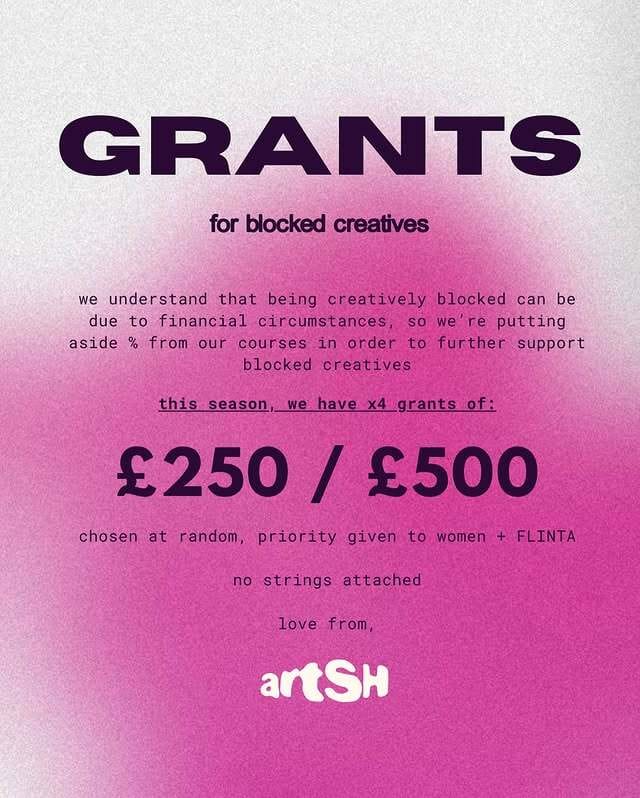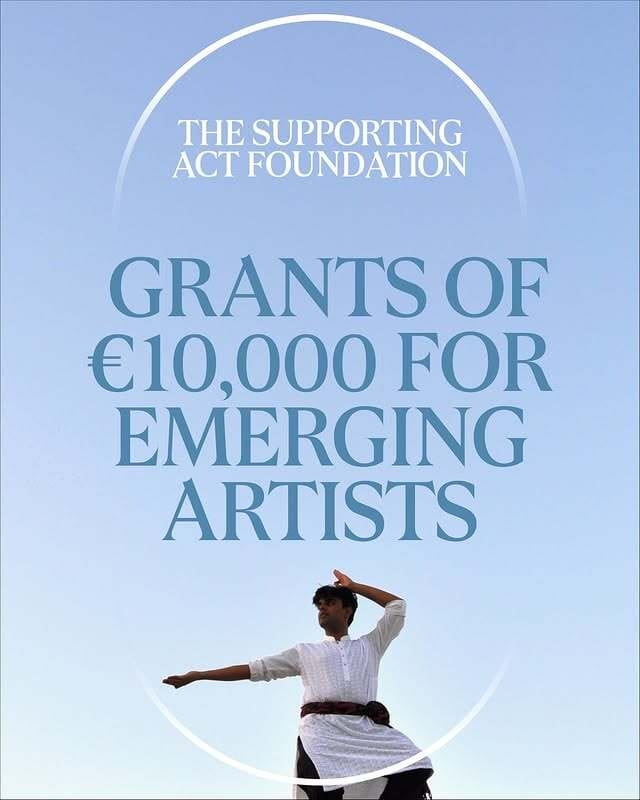- ARTiculate
- Posts
- Don’t Put All of Your Eggs in One Basket
Don’t Put All of Your Eggs in One Basket
If you’ve ever had a one-to-one session with me—especially around seeking opportunities like funding, residencies or exhibitions you’ve probably heard me say:
“Don’t put all your eggs in one basket.” I say this often when supporting someone with a specific application. Yes, your idea may be strong, and yes, you should invest in putting together the best possible proposal. But you also need to be mindful of not placing all your focus, energy, and hopes on that one opportunity. Why? Because more often than not, the number of applications far exceeds the number of opportunities available. And from my experience sitting on panels and juries for open calls, residencies, funding rounds, commissions, and job interviews, I can tell you that plenty of excellent projects don’t make it through, and not because they aren’t worthy, but because there simply aren’t enough slots.
The decision-making process is rarely straightforward. Sometimes, the smallest detail becomes the deciding factor. What works for one opportunity might not for another. That’s why I always advise artists to broaden their horizons. Submit to multiple calls, consider alternative routes, and remain open to other possibilities that may support your work—even in smaller ways. I also encourage reapplying when opportunities open again because those of us on panels remember artists who stand out, even if they’re not selected. And if you stay visible and consistent, you never know who might be quietly rooting for you behind the scenes. Let me share a real example:
I first encountered an artist’s work during the selection process for a group exhibition. I was genuinely excited by their submission, but after lengthy discussion, the panel opted to go in a different direction. Figurative painting had been very popular in that round, and we could only include a limited number. I was outvoted. A couple of months later, I visited a university graduate show—and there it was again. That same painting, now part of a wider installation. I was excited to see it again, and this time in person and immediately wanted to speak with the artist. It was the opening night, though—busy, celebratory—and we missed each other.
(Side note: this is why I always recommend being present at your shows, especially the openings. You never know who might be there, looking to connect with you.)
I later contacted the course leader, who kindly helped track down the artist. Around the same time, I became aware of another opportunity—one I felt would suit their work perfectly. I reached out, and we had a call. I advised them of the opportunity, offered a feedback and encouragement to help strengthen their application. Long story short, they were shortlisted and exhibited their work at Saatchi Gallery in London, as part of a group exhibition with 9 other finalists (shortlisted from hundreds and hundreds of applications submitted form artists from around the country). The opportunity was also tied to a national prize. This turned out to be an even bigger platform than the opportunity they’d applied for when I first encountered their work on the jury.
See where I am going with this redirection and not rejection thing?
Interestingly, the work they submitted for that first open call? It also appeared in their degree show and in the Saatchi exhibition. One artwork. Multiple opportunities. Multiple outcomes. And this led to other opportunities, including a residency, and growing their visibility influential figures in the art world.
I haven’t mentioned the artist’s name here, as I haven’t yet asked their permission, which I think is important out of courtesy. But if they’re happy to be mentioned, I’ll share in next week’s newsletter.
Last week, I mentioned I’d be sharing examples from two artists—but this one’s enough to digest for now. I’ll share the second next Monday. In the meantime, here are a couple of baskets for your eggs:
This newsletter is fuelled by care, commitment and uplifting the careers of artists, alongside generous donations from some of you, which I am very grateful for. If you'd like to support this newsletter, you can donate as little as the price of a coffee via Ko-fi or PayPal.
If you’ve made it to this part—thank you for reading! I hope there’s something in here that resonates or encourages you to keep going.
And if you know someone who might benefit from these newsletters or sessions, feel free to forward this on and encourage them to subscribe.
Until next week.




Reply